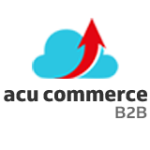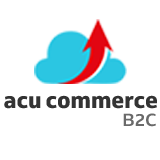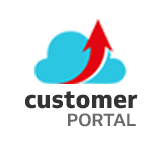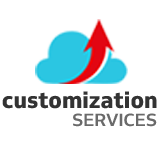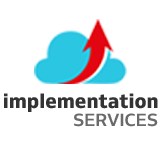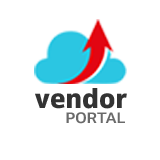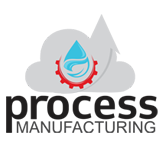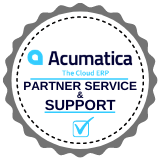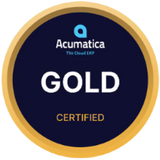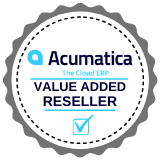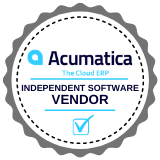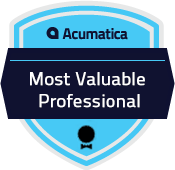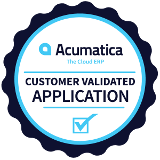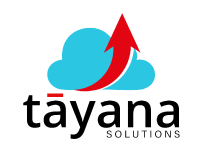Innovative Generic Drug Makers: A Win-Win for Pharma and Patients
Strategies to avert annual losses of billions of dollars include collaborations with other pharmaceutical companies, research on possible new uses for existing drugs, and purchases of competitors.
The manufacturing of generic alternatives benefits the population as a whole. The alternative drugs lower prices for consumers by breaking the monopoly held by any one company. To understand the danger of monopolies, you can look at the backlash this summer around Mylan’s life-saving allergy treatment, EpiPen. Mylan raised its price by up to 400 percent simply because there was no alternative. Today, there are two generic versions of EpiPen, including one from Mylan itself, so there is competitive pressure to keep the price from skyrocketing.
With Tayana’s Acu Process Manufacturing, It’s easy to track pricing at every stage in process manufacturing. Schedule a demo call now
The U.S. Food and Drug Administration has addressed the dangers of single-source control and is working hard to encourage generic drug competition, as evidenced by its approval of a record number of generic drugs in 2018: 971 in total. However, the FDA’s most recent announcement indicates that it is quite serious about encouraging generic competition. By reducing the ability of brand-name manufacturers to delay generic drug entries and simplifying the approval process for complex generics, the agency is taking steps to ensure that consumers will be able to obtain affordable medications for years to come.
As patent expirations and regulatory reform spur generic drug makers, the Affordable Care Act is fueling the need for cheaper drugs. Globalization is not only broadening market opportunities and enabling cheaper sourcing alternatives but also bringing drug makers more efficiently to global markets.
Brand-name drugs are often the first to encourage sales of generic versions.
Generic drug manufacturers can profit from brand-name manufacturers’ expensive and resource-intensive efforts to bring a drug to market. Generics makers can use the brand-name manufacturers’ findings and conduct basic bio studies of only 10 to 12 people to prove biological equivalents. This way, they successfully cut their development costs, instead of spending upward of one billion dollars on each drug.
Although the potential for generics seems immense, the pharmaceutical industry will continue to struggle with pricing and availability.
Generic drug manufacturers are growing faster than the pharmaceutical industry overall, but the industry faces significant challenges, such as bringing products to market quickly; differentiating offerings from established brands and others in the generic space; and providing low-cost generics without sacrificing profitability. Here are some factors to consider:
Speed is the defining characteristic of this game. As soon as a brand-name drug goes off-patent, generic companies rush to launch their own versions of the drug. The first company with the new drug on the market typically wins most of the sales in the early days because consumers want lower-cost alternatives to their old favorites.
In a generic drug manufacturing business, production planning, inventory management, compliance management is the core difficulty to manage efficiently. We at Tayana Solutions have developed over Acumatica’s xrp platform called Acu Process Manufacturing (APM). It best fits all operations of generic drug manufacturing. Watch the Implementation video on the live demo call. Connect now!
Taking a new approach is integral to any successful endeavor.
In the generic market, however, if your controlled drug is going to be released intravenously, it must not only contain the same active pharmaceutical ingredients (APIs), but it must also be delivered in a special way.
Speed is the defining characteristic of this game. As soon as a brand-name drug goes off-patent, generic companies rush to launch their own versions of the drug. The first company with the new drug on the market typically wins most of the sales in the early days because consumers want lower-cost alternatives to their old favorites.
Cost is the key to beating your competition.
Generic drugs, introduced to the market after a patent expires, initially cost about 60 percent less than brand-name drugs. As competitors enter the market, prices decrease further, to about 20 percent of the brand price. Drug companies remain profitable but have a difficult time providing quality drugs to consumers at reasonable prices.
Generic drug makers can compete against name-brand pharmaceutical companies by looking for suppliers in India and China, forming partnerships with vendors, and creating leaner marketing campaigns.
Sourcing strategies and a lean operation help generic drug companies earn money, but it is inevitable that generics will never make as much as brand-name drugs. This is because generics must contain the same chemical composition and effectiveness as the branded products and produce less profit than the brand-name makers.
In a crowded marketplace, where manufacturers must distinguish themselves to compete for market share, generics can provide a host of benefits for patients who are looking for lower costs.
To beat the market competition and to speed up the process, our Acu Process Manufacturing best fits all the needs. From product formulations, productions, inventory, compliances, and more. If have any queries, ask the experts in implementations. Ask in this call, join now

Sangeetha brings 20 years of experience in Information Technology which includes Solution architecting, building micro services, research, and evaluation of business applications, integrating apps.

